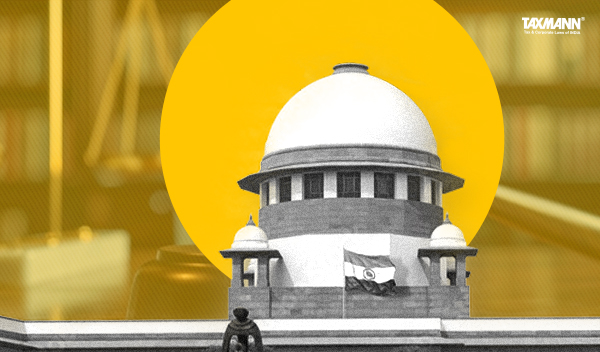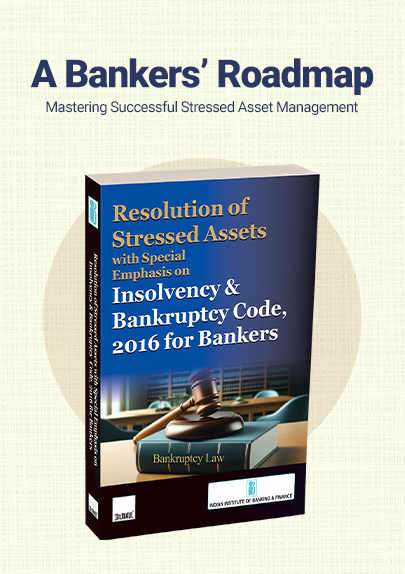[Opinion] Supreme Court Judgment on Safari Retreats – An Analysis
- Blog|News|GST & Customs|
- 2 Min Read
- By Taxmann
- |
- Last Updated on 18 October, 2024
CS Abhishek Goyal – [2024] 167 taxmann.com 374 (Article)
Introduction
The honorable Supreme Court (SC) has delivered much awaited and most sought after judgment in revenue’s appeal against Orissa High Court (HC) decision in Safari Retreats on 3.10.2024.
At the core of the issue before the honorable SC was the interpretation of Section 17(5)(d) of the CGST Act, which restricts the availability of the Input Tax Credit (ITC) on goods or services utilized in construction of an immovable property. It specifies that unless immovable property is planned for sale and the sale is completed with the payment of GST, ITC cannot be used for the building of such property.
Let us now discuss and ponder upon the key considerations and highlights of this judgment.
Background
Safari Retreats Pvt. Ltd., a real estate developer involved in the development of malls and commercial complexes, claimed ITC on inputs and input services used to construct buildings that were subsequently rented. They maintained that they should be able to claim ITC under Section 16 of the Central Goods and Services Tax (CGST) Act, 2017, which enables ITC on inputs used in the course or furtherance of business.
However, the department disallowed the ITC, citing Section 17(5) (d) of the CGST Act, which prohibits ITC on goods or services utilized in the building of immovable property.
The High Court’s Decision
The matter was first heard by the Orissa High Court, which was ruled in favor of Safari Retreats. The court held that the restrictionimposed by Section 17(5)(d) should not apply in circumstances where the property is utilized for rental services, because renting is a genuine commercial operation that requires an ongoing supply of services. The court concluded that rejecting ITC in such situations would result in a cascading impact of taxes, which is opposed to the entire concept of GST.
The High Court permitted ITC on construction expenditures for shopping mall, finding that leasing also involves “furtherance of business,” as defined in Section 16 of the CGST Act.
Aggrieved by the said decision, the revenue filed an appeal before the honorable Supreme Court.
Click Here To Read The Full Article
Disclaimer: The content/information published on the website is only for general information of the user and shall not be construed as legal advice. While the Taxmann has exercised reasonable efforts to ensure the veracity of information/content published, Taxmann shall be under no liability in any manner whatsoever for incorrect information, if any.

Taxmann Publications has a dedicated in-house Research & Editorial Team. This team consists of a team of Chartered Accountants, Company Secretaries, and Lawyers. This team works under the guidance and supervision of editor-in-chief Mr Rakesh Bhargava.
The Research and Editorial Team is responsible for developing reliable and accurate content for the readers. The team follows the six-sigma approach to achieve the benchmark of zero error in its publications and research platforms. The team ensures that the following publication guidelines are thoroughly followed while developing the content:
- The statutory material is obtained only from the authorized and reliable sources
- All the latest developments in the judicial and legislative fields are covered
- Prepare the analytical write-ups on current, controversial, and important issues to help the readers to understand the concept and its implications
- Every content published by Taxmann is complete, accurate and lucid
- All evidence-based statements are supported with proper reference to Section, Circular No., Notification No. or citations
- The golden rules of grammar, style and consistency are thoroughly followed
- Font and size that’s easy to read and remain consistent across all imprint and digital publications are applied





 CA | CS | CMA
CA | CS | CMA


